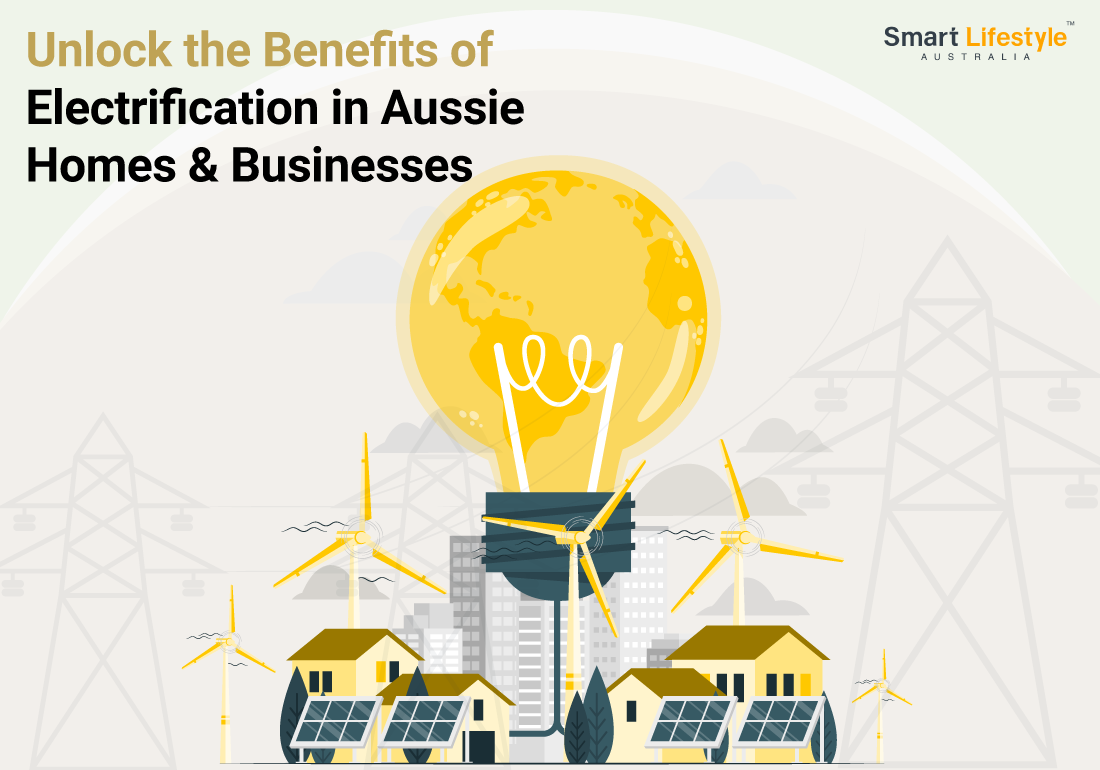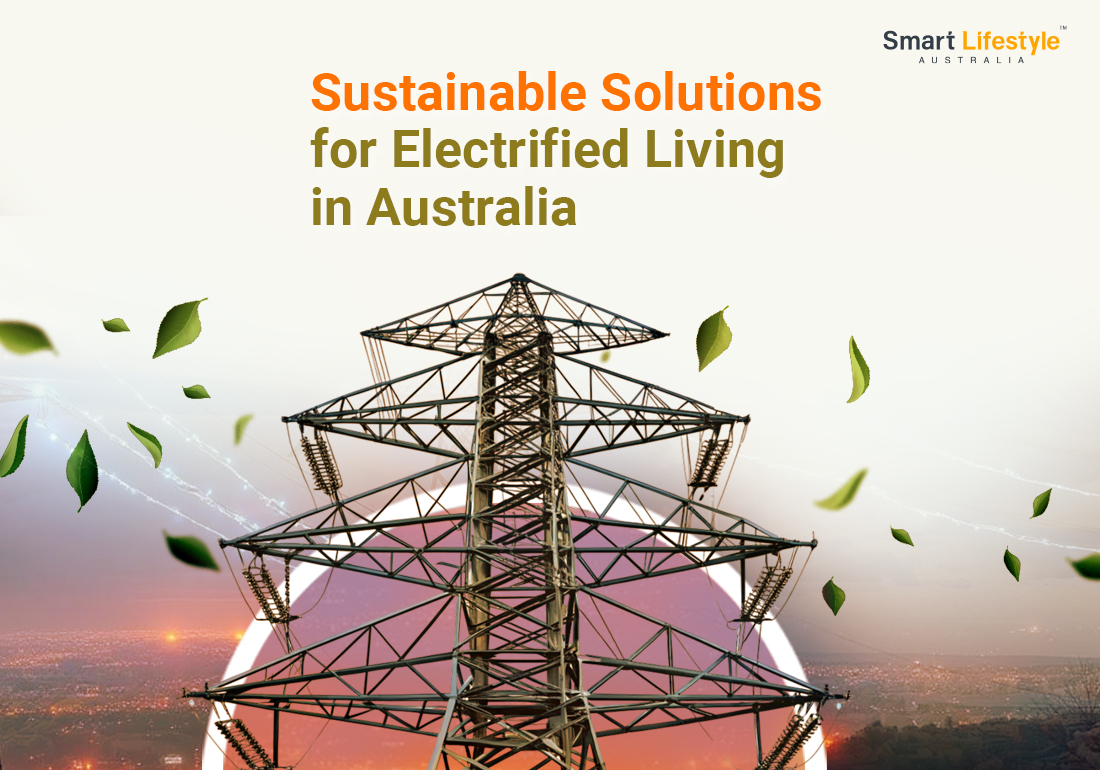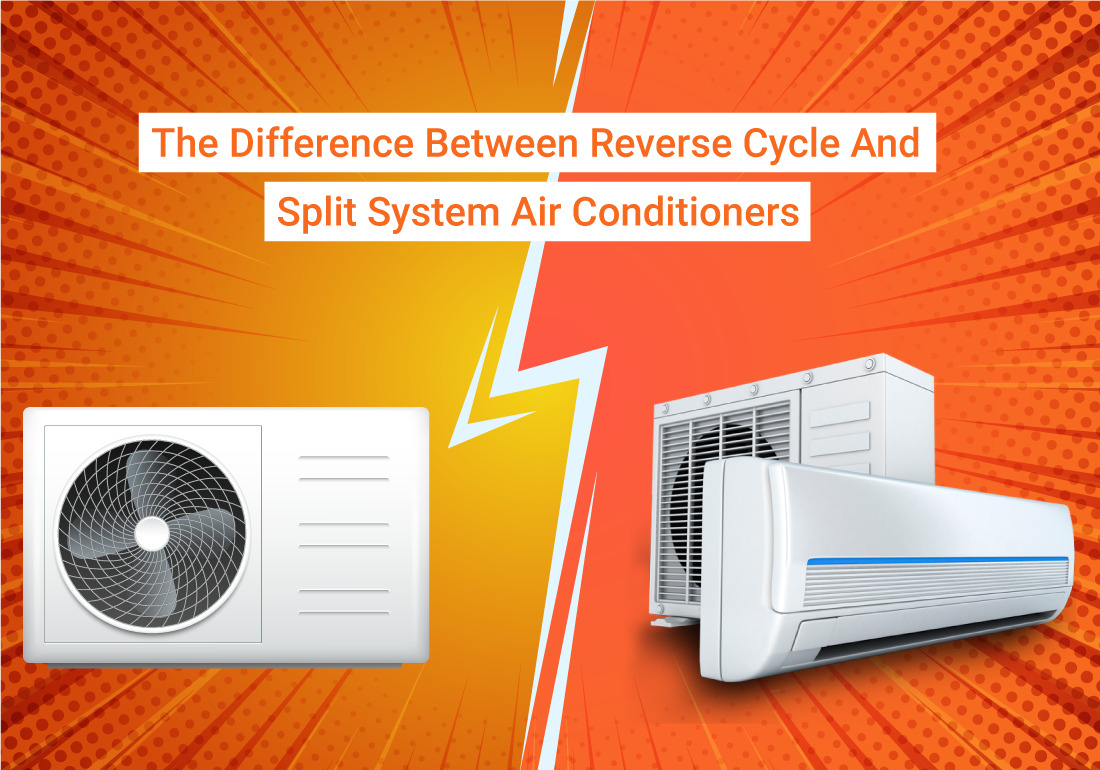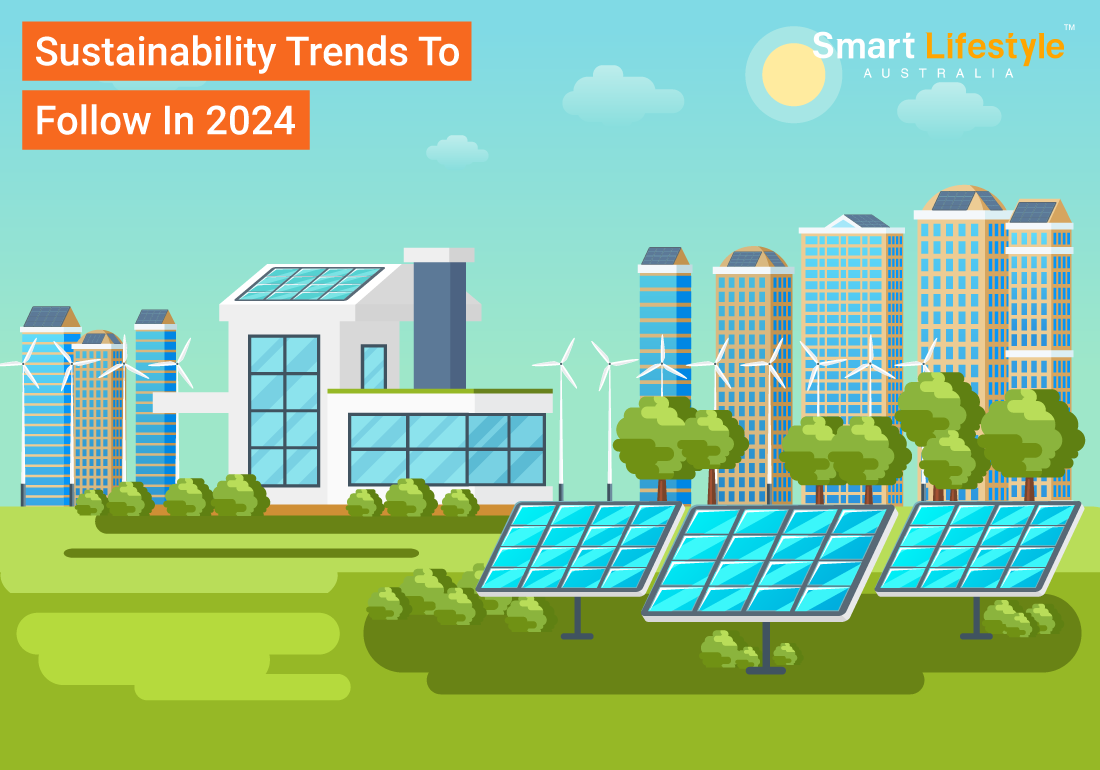Picture a future where your home and business are powered by clean, affordable, and efficient energy instead of harmful emissions and the stress of rising fuel prices.
But is it truly possible? Definitely, it is!
Through electrification, this transformative vision unlocks a new era of sustainability and innovation across Australia.
As the nation deals with the effects of carbon emissions, the shift from fossil fuels to electric-powered systems offers not just environmental benefits but also a pathway to financial savings, enhanced comfort, and greater control over energy consumption.
Overall, from electric vehicles to smart home technology, the potential of electrification is vast.
So, after researching all the latest data, we will discuss the many benefits of electrification for Australian homes and businesses in this blog.
Let’s get started!
What is Electrification? | Why It Matter for Our Planet and Economy?
In simple terms, electrification replaces or converts traditional fossil fuel-based energy like coal and natural gas with electric power.
In the electrification process, appliances are primarily powered by clean, renewable energy sources like solar, wind, or hydroelectricity. This entire technology replaces gas-powered cooking, transportation, heating, or cooling with an electric version.
If you are wondering why electrification is necessary, then know that it is highly important to decarbonize the world.
Electrification reduces greenhouse emissions, contributing greatly to combating climate change. It also makes residents more energy efficient and lowers energy bills for homes and businesses.
However, you can save up to $1250 annually just by switching to electrification. Beside reducing Australia’s high fossil fuel dependency, it also opens doors for economic opportunity by creating jobs, supporting energy cost savings, and promoting innovation.
Altogether, transitioning to electric technologies means we can foster a more sustainable, resilient, and equitable future for communities and industries alike.
How to Electrify Your Home and Business for 2025?
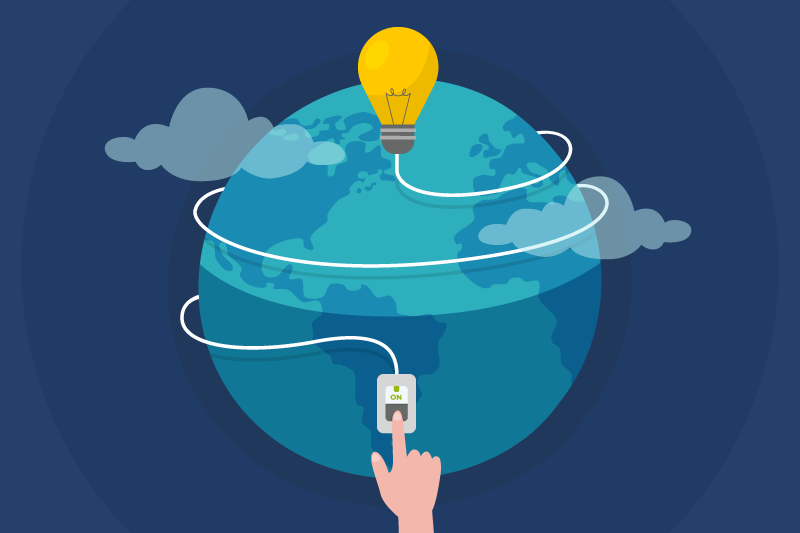
Whether you’re a homeowner looking to reduce energy bills or a business striving for better environmental credentials, electrification can be a key player.
While living in 2025, electrification is no longer a trend; it has become vital for a sustainable energy future.
So, here’s a guide to electrifying homes and businesses in Australia:
1. Switch to Electric Heating and Cooling
- Electric Heat Pumps: Replace your traditional gas-powered heating system with smart electric heat pumps. They are more energy-efficient, eco-friendly, and cost-effective. You can try the advanced Smart Lifestyle Australia Heat Pumps that use up to 80% less energy than a conventional water heater.
- Reverse Cycle or split type Air Conditioners: These aircons can perform both heating and cooling. They are highly efficient electric options for controlling temperature in Australian homes and businesses.
2. Smart Grid Integration & Sustainability
As electricity grids become more flexible, integrating your home or business with smart grid programs can help optimize electricity usage while contributing to grid stability.
You can also consider using LED lights and smart switches or setting up or joining a microgrid powered by renewable energy sources in rural areas or for large businesses.
3. Upgrade to Electric Kitchen Appliances
One core aspect of electrifying your home is replacing gas-powered stoves with induction cooktops, which heat faster and are more energy-efficient.
- Electric Ovens: Ensure your oven is electric rather than gas-powered.
- Induction Cookers: Switch gas stoves with induction cooktops, which use electricity to generate heat more efficiently than gas.
4. Adopt the use of Electric Vehicles (EVs)
In Australia, the transport sector is currently the third largest emitter of carbon dioxide. Data says gas-powered vehicles account for around 21% of Australia’s total emissions.
Therefore, replacing internal combustion engines with electric cars has become crucial for reducing the use of fossil fuels. Meanwhile, install EV chargers at your home or business to support electric vehicle use.
Australia is rapidly adopting this technology. With the rise in charging infrastructure and the lowering cost of EVs, the number of electric vehicles in Australia has surpassed 100,000, and it is projected to rise exponentially over the next decade.
5. Adopt Smart Technologies for Energy Management
Want to optimize energy consumption, reduce wastage, and help manage the load during peak times while saving money on your electric bills?
Install smart meters and home automation systems which allow you to monitor and control energy usage more effectively.
6. Invest & Connect to Renewable Energy Providers
Australia has great renewable energy generation potential due to its vast open coastal area and outstanding sun exposure.
In recent years, residents and businesses have been encouraged to invest more in solar and wind power to generate clean energy.
With growing demand and falling prices, the number is continuously increasing. According to the Clean Energy Council, currently, over 3 million Australian households have solar panels installed on their rooftops.
7. Transition to Electric Power for Industrial Processes
Businesses with high energy demands should consider switching from gas- or coal-powered industrial systems such as boilers and furnaces to electric alternatives that use renewable energy.
A few Simple Steps to Get Started with Electrification in Australia
Electrifying homes and businesses in Australia involves transitioning from fossil fuels to electric-powered solutions for energy needs such as heating, cooking, transportation, and more.
By utilizing renewable energy sources and optimizing energy consumption, you can move toward a more sustainable and energy-efficient future for your home and business in Australia.
However, every energy transitioning process must follow certain procedures before getting started.
So, to electrify your home or business, here are a few simple steps you can take:
- Identify appliances that use fossil fuels like coal, oils, and natural gas.
- Evaluate your current energy usage to identify the key areas that need to be electrified for reducing CO2 emissions.
- Research, plan, and choose the best appliances or products by setting a budget.
- Find and hire certified professionals in your location. Consult with electricians and utility companies to design all the necessary setups.
- Explore available government incentives or rebates and apply for financial assistance to reduce the upfront cost of the electrification process.
- Once you are done with moving all your existing home appliances to the electric version, contact your energy provider to disconnect the natural gas account.
Top Benefits of Electrification: How It’s Changing Australia’s Energy Game
Electrification is swiftly transforming Australia’s energy game! Millions of Aussie homes and commercial spaces have already embraced all-electric systems, paving the way for a cleaner, more efficient future.
But why do we need to switch to all-electric?
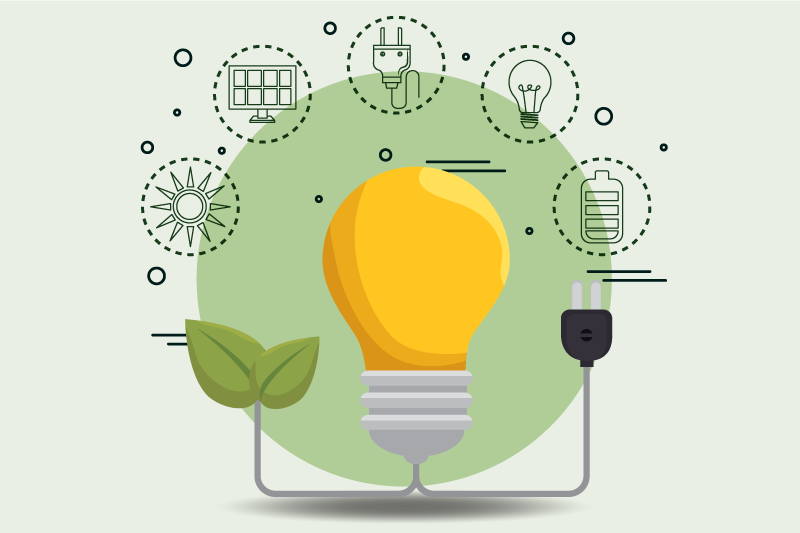
Save on Energy Bills & Enjoy Energy Freedom with Electrification
Switching to electric appliances like heat pumps, induction cookers, and electric vehicles can lower a household’s overall energy consumption rate.
Data from the Australian Energy Regulator (AER) shows that in some regions, electricity prices have risen by over 15% over the past few years.
Reduced Operating Expenses for Businesses
A study by the Australian Energy Efficiency Council (AEEC) reports that Australian businesses can save up to 30% on their energy bills and minimize environmental impacts only by upgrading to energy-efficient electric technologies.
Moreover, this reduction in energy consumption often leads to lower maintenance costs and reduced dependency on harmful, costly, non-renewable fossil fuels.
So, electrification in business can be economically beneficial.
Environmental Benefits: More Clean Air, Reduced Health Risks!
Electrification has been a blessing for Australian people who are concerned about their carbon footprint. This improves air quality and reduces the chance of fatal respiratory diseases such as lung cancer or asthma.
Besides, relying more on all electrified homes rather than burning fossil fuels can slowly eliminate the risk of global warming, shaping a more energy-resilient future.
Increase Energy Efficiency with Smart Technologies
Boost Property Value and Building Aesthetics
Wouldn’t it be amazing to walk into a home that reflects both luxury and practicality? Then why settle for ordinary when you could own a home that stands out as a true masterpiece?
In Australia, homebuyers and businessmen look for buildings with sustainable features, including homes that are all-electrified and have solar panels, electric vehicles, and energy-efficient smart appliances.
So, electrification increases property value while enhancing the building’s aesthetics.
Government Incentives and Financial Support
Australia’s government actively supports sustainable solutions for electrified living with various financial incentives and programs.
These rebates are designed to reduce the initial upfront cost of electrification, renewable energy sources, and electric vehicles.
Federal and State Government Programs
Programs such as the Small-scale Renewable Energy Scheme (SRES) offer rebates for solar panel installation. At the same time, states like Victoria and New South Wales provide additional incentives for upgrading to energy-efficient electric appliances.
Businesses are also eligible and can apply for tax incentives to adopt energy-efficient systems.
Cost-Effective Financing Options
Along with government grants, many utility companies also offer specialized loans and financial aid to support electrification.
This financing opportunity makes the transition more affordable, further encouraging the widespread adoption of electric technologies.
Innovative Examples of Electrification: Leading the Charge Towards Australia’s Sustainable Future
- Tesla’s Virtual Power Plant (VPP) in South Australia: In South Australia, homes are electrified by Tesla’s VPP to make electricity more affordable for you and your community. With solar and Powerwall home battery systems, the VPP’s growing renewable energy network is expected to supply power to over 50,000 homes and help stabilize the state’s electricity grid.
- Sydney’s EV Adoption: The Australian city of Sydney is investing heavily in and embracing electric vehicles (EVs). By 2030, it aims to have a fully electric fleet for municipal services and is committed to becoming carbon-neutral by 2035.
- Melbourne’s Electrification of Public Transport: Melbourne is transitioning its entire public transport system to electric, particularly focusing on electric buses. This move is part of the city’s plan to reduce our carbon footprint while improving air quality.
Transitioning to Electrification with Renewables | A Path to Net Zero Emissions by 2050
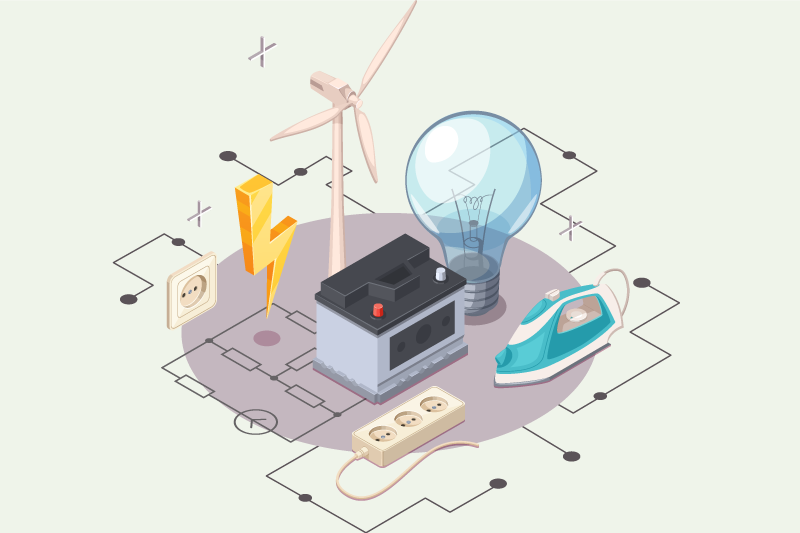
Australia has set an ambitious target of achieving net-zero emissions by 2050. The country is already working to achieve its renewable energy target of generating 82% of electricity from natural sources like solar, wind, and hydro.
Solar energy is one of the most powerful tools in the electrification process. Solar panels capture sunlight and convert it into electricity, while solar batteries store this energy at night or on cloudy days.
Solar is expected to account for nearly 30% of the nation’s energy production by 2030. However, not only solar, wind, and hydropower are also central to the country’s energy transition and electrification.
These sources are integrated into Australia’s electrified grid, supporting the decarbonization of sectors like homes and industries while reducing emissions.
The need to switch to all-electric is more pressing than ever. As we embrace electrification, we’re not only reducing emissions and cutting costs, but we’re also shaping a brighter, healthier, and more sustainable future for all Australians.
Whether you are just getting started or looking to take your electrification efforts to the next level, the power to change is in our hands.
So, let’s electrify Australia and lead the way!
Contact Smart LifeStyle Australia to get the best deals! Here, our skilled engineers and IT experts continuously develop innovative energy efficiency and renewable technologies solutions.
